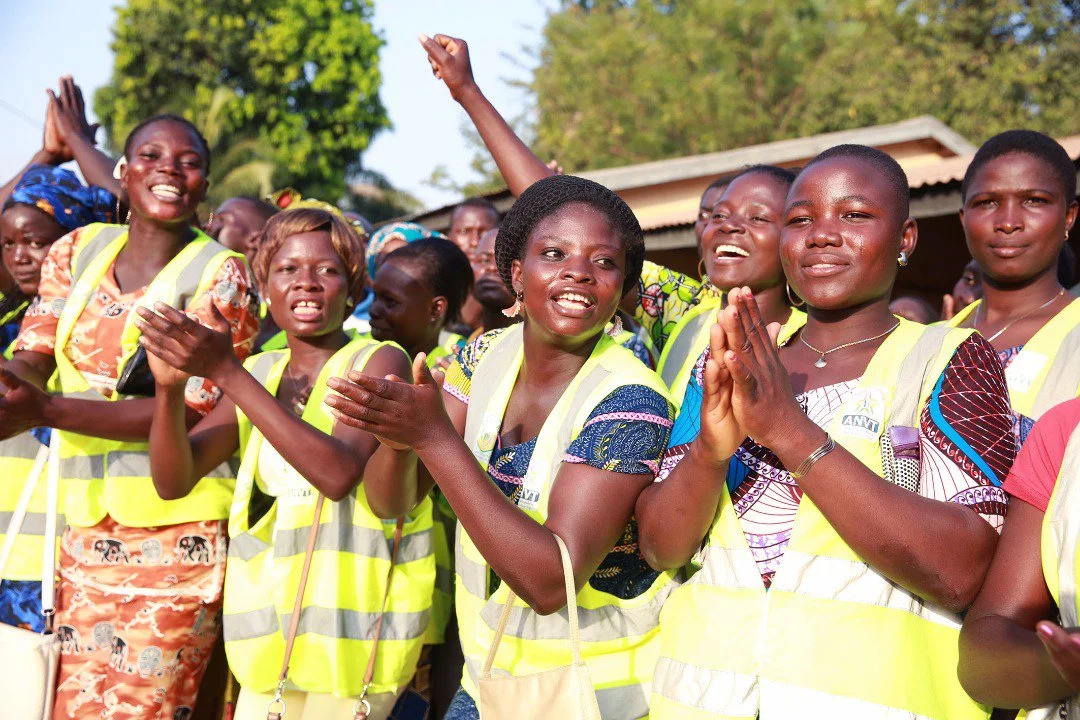Young people, regardless of their socioeconomic, demographic or geographical situations, face some degree of difficulty or uncertainty as they transition to adulthood. However, the situation that youth experience in developing countries—some 87 percent of the global youth population—is one of the most difficult in many respects, and the picture is particularly grave for adolescent girls and young women. Youth are disproportionately affected by high unemployment rates. The AIDS epidemic in sub-Saharan Africa has already orphaned a generation of youth, and it is expected that 15 to 25 percent of children in a dozen sub-Saharan African countries will have been orphaned by AIDS by 2020.
HIGHLIGHTS
• 2.5 billion - more than half of the world’s working adults- are excluded from financial services. This is most acute among low-income populations in emerging and developing economies, where approximately 80% of poor people are excluded.
• Youth are 33% less likely to have a savings account than adults and 44% less likely to save in a formal institution.
• Saving-account penetration rates for youth vary by geographical region, ranging from 12% in Africa to 50% in East Asia and the Pacific.
• Youth are often excluded from access to formal financial services. Reasons include legal restrictions, high transaction costs and negative stereotypes about youth. Regulatory frameworks and inclusive policies that are both youth friendly and protective of youth rights are needed to increase youth financial inclusion.


